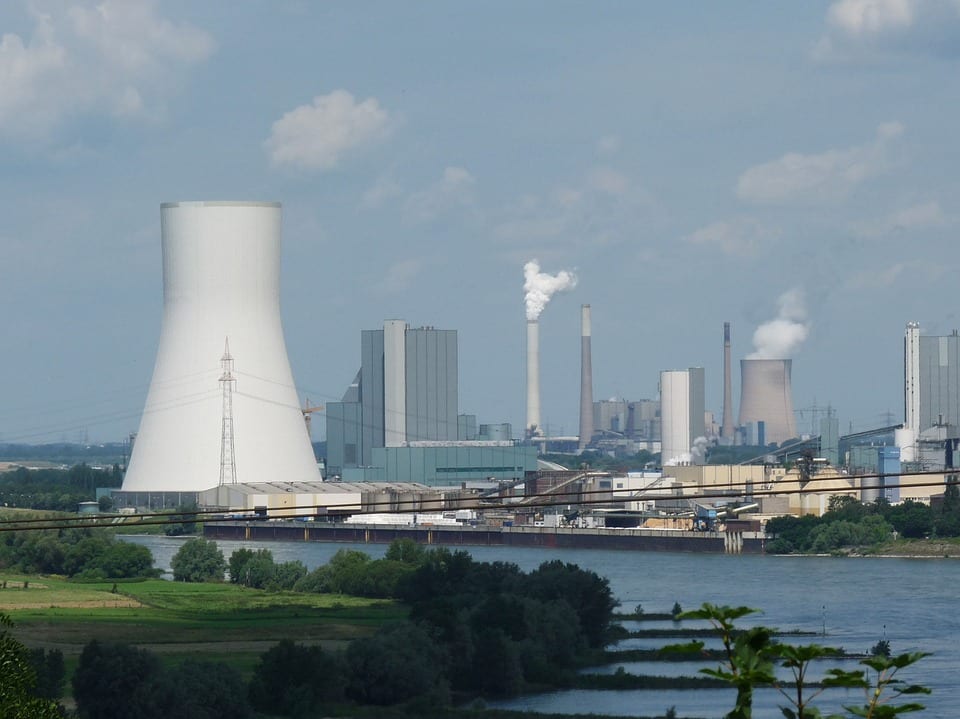 The Fourth Industrial Revolution: What Does It Mean to the World
The Fourth Industrial Revolution: What Does It Mean to the World
While people have historically enriched their lives through significant social change which is why there are striking differences between each of the industrial revolution periods. While the first two eras were defined by mechanical advancements that made the ordinary worker’s job more accessible, the third made some workers nonessential. The fourth stage that we are now entering advocates for artificial intelligence as the global business initiative of tomorrow.
The World Wide Web is borderless, and new-age inventors are using smart technology for collaboration and crowdsourcing campaigns which is again transforming the industries they serve. That said, none of the improvements would have been possible without the scientific breakthroughs of the previous periods.
The academic arena is also changing as students try to balance last-minute work and college duties by turning to professional writing service experts. Writing professionals have the knowledge and skills to help students navigate demanding academic courses, even if they need a help within an hour. As they can produce essays fast, students receive quality thesis papers through quick online order processing.
Students trust academic writers to use information technology, and many of these professionals often return assignments within only a few hours. For anyone who has urgent writing needs, the best option is to collaborate with an essay writing service if you find that you lack the time or resources. Students of today can learn significantly from the experts’ academic experiences from the FastEssay.com.
Historical Significance of Industrial Revolution Periods
The first Industrial Revolution began in Britain in the 1700s with textile advancements. Thomas Newcomen’s steam engine in 1712 did not immediately set off an industrial revolution, but his idea to use steam as a design concept did. When James Watt enhanced the steam engine in 1769, train and steamboat travel was quick to take off. A thriving economy began to form that inferred an exponential profit potential for those who had the financial resources. With the invention of the cotton gin and the telegraph in the 1800s, machine accessibility led to a second revolution because of unmet needs from colonization in the new world.
The second stage began in the mid-1800s because of significant social changes, enhanced communication methods, and advanced economic structure. With the invention of the telephone by Alexander Graham Bell in 1876 and Guglielmo Marconi’s transatlantic radio waves in 1901, faster communication enabled people to transfer information faster. The addition of Bell’s electricity in 1879 led to the second wave of enhanced production as factories changed from steam to electric. With the shift from iron to steel, infrastructure also improved.
The third Industrial Revolution started in the mid-1990s and centered on instantaneous communication and AI mechanics. The fast rise of social media forced business leaders to restructure procedures that included online presence marketing strategies. Some companies further invested in autonomous machinery while others spent on technology like 3D printing. Whereas the first and second revolutions depended on workers, this period mandated a societal shift in favor of artificial intelligence.
Society is now entering a fourth revolution that focuses on intellectual digital technology. Advanced artificial intelligence, chatbots, digital 3D printing, robotics, and data science are now heightening scientific breakthrough possibilities. What is most interesting about the fourth wave, though, is that industries now collaborate for competitive and academic advantage. Business information technology is borderless and has created an anomaly which now focuses first on digital transformation rather than human ability.








